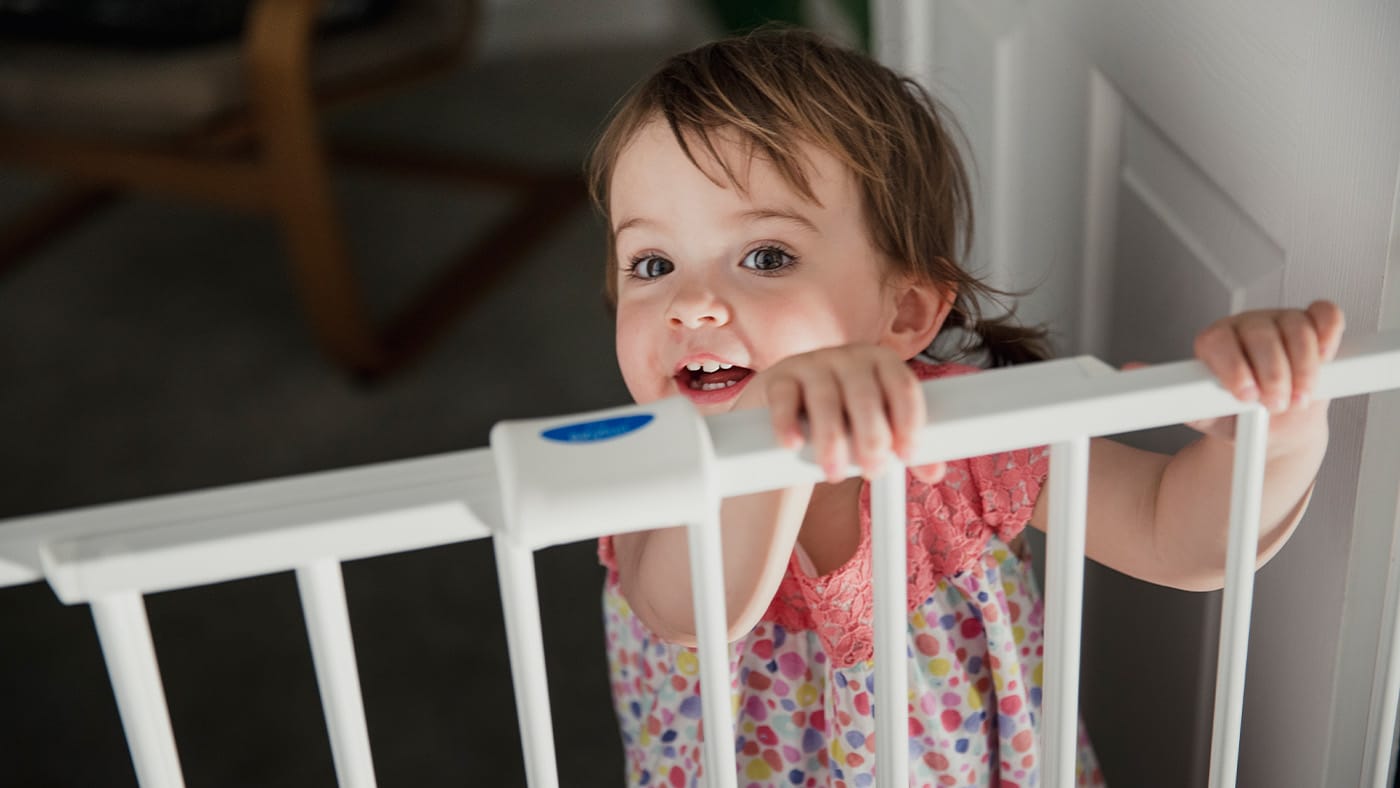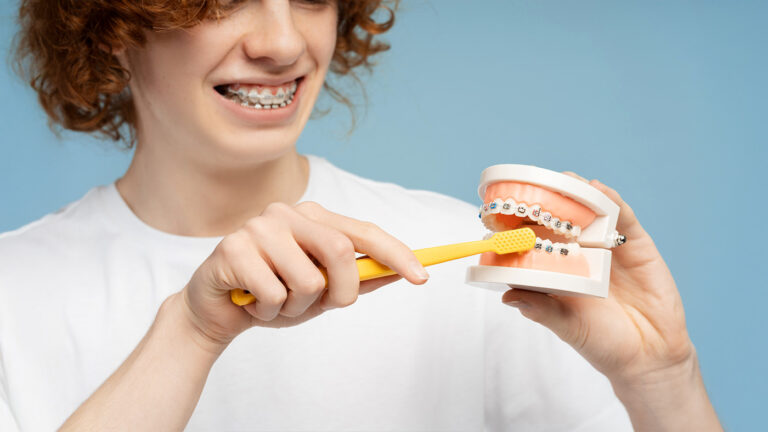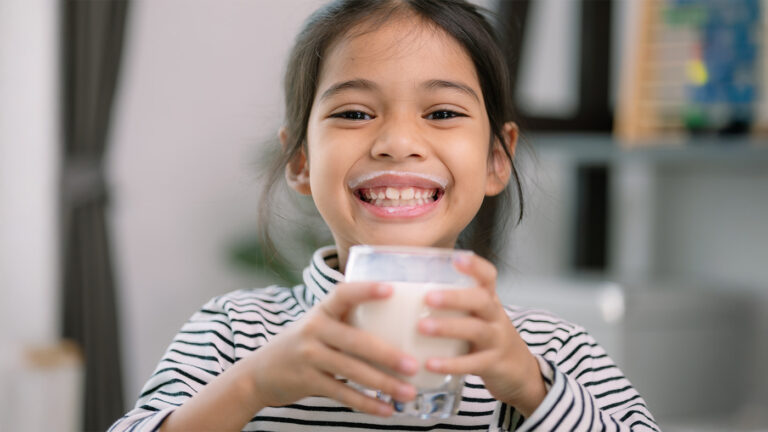When your baby first comes home, they can’t do much on their own. You have to tote them around, tending to their every need, but before long, your baby will be rolling and crawling around on his or her own, exploring the world on all fours.
It’s an exciting time in your child’s young life. Babies are naturally curious, and exploration is a critical part of their development. At this young age, they do most of their exploring by pushing, pulling, and putting things in their mouths. Unfortunately, babies don’t know what’s safe to play with and what isn’t. It’s important to make your home safe for your little explorer.
Kids usually become independently mobile between four and six months old, and you’ll want to do your babyproofing before then. Pay special attention to these common hazards:
- Water – Any location in your home with water (bathroom, kitchen, pool, or hot tub) is a potential drowning hazard that must be secured.
- Heat – Be aware of potentially dangerous heat sources, including ovens, stoves, toasters, fireplaces, grills, etc.
- Toxins – Dangerous chemicals, like cleaning materials, are commonly found under kitchen and bathroom sinks, medicine cabinets, garages, sheds, etc.
- Fall injuries – Watch out for stairs, slippery floors, windowsills, and climbable furniture
- Choking hazards – Keep the floor clear of beads, coins, and small toys to avoid accidental choking.
Childproofing your home not only makes the world safer for your baby, but it also gives you peace of mind. You’ll be able to breathe a little easier knowing your baby is safe as they explore their surroundings.
How To Childproof Your Home
Look at the world through your baby’s eyes. When babyproofing your house, remember to survey the landscape from your baby’s point of view. We’re used to seeing the world from several feet up, but a baby’s eye view is only a few inches off the floor. Spend a little time at ground level to ensure you don’t miss anything.
Babyproofing Your Kitchen
The kitchen is often considered the heart of the home, where families gather to cook and share meals together. It’s a place filled with comforting smells and loving conversations, but it’s also filled with various dangers. Babyproofing your kitchen means creating barriers between your baby and toxins, bacteria, and injury.
- Safety latches and locks – Various products are designed to keep cabinets and drawers closed against tiny hands. Locking or latching cabinets will keep your little one safe from sharp objects and toxic substances.
- Hot stove – Stovetops get hot and stay hot for a long time. To protect your little one from burn injuries, consider cooking your meals on the back burner. While you’re at it, add a set of babyproof covers to your stove/oven knobs and a latch for the oven door.
- Garbage and germs – To a toddler’s eyes, a garbage can is filled with all kinds of fun toys. Consider getting a garbage can with a child lock or placing your can in an inaccessible place. Remember to keep countertops clean to prevent the spread of germs and illness.
Babyproofing Your Bathroom
Between the water, the grooming essentials, and the cleaning chemicals, your baby should never be in the bathroom unattended. These babyproofing tactics will help keep your bathroom safe even under your supervision.
- Safety latches and locks – Start with the bathroom door, securing the entrance with a childproof doorknob cover. Then, secure cabinets and electrical outlets with locks and covers. Finally, secure the toilet seat with a lock; your baby isn’t ready for the big potty yet, anyway.
- Nonslip mats – Bathtime has a way of being messy, especially when there’s a baby involved. Placing nonslip mats in the tub and on the floor outside the tub can keep you and your baby from falling and slipping.
- Secure personal care tools – Keep hot items like hair dryers, straighteners, and curlers out of reach and stored away when not in use. Be mindful of combs, tweezers, nail clippers, and other sharp tools that might cause injury.
Babyproofing Your Living Room and Common Spaces
Living rooms, dens, and playrooms are places where families come to gather and spend time together. Once your baby is mobile, they’ll roam around the family room carpet as fast as their hands and knees can carry them. Here’s how to make common spaces as safe as possible for your little roamer.
- Window covering cords – The cords that control your curtains and blinds can pose a strangulation risk to young children. If possible, replace your window coverings with cordless options. Barring that, secure cables out of reach.
- Lamps and other furniture – Tall lamps can pose a fall hazard. Remove them from common spaces or secure them behind other furniture where your child can’t reach them. Any other tall, narrow furniture that might tip over should be anchored securely to the wall.
- Outlet covers – Protect your little one from electrical shock by blocking any unused electrical outlets with plastic guards.
- Baby gates – Baby gates are one of your best tools. Place them at the top and bottom of any stairs in your home and use them to block access to rooms as needed.
- Window safety – Standard window screens aren’t enough to prevent a child from pushing through. Once your baby is mobile, protect windows with guards and/or safety netting. Ensure window guards don’t prevent quickly opening the window in the event of a fire.
Babyproofing Nurseries and Bedrooms
Your baby might spend half the day crawling all around, but they’ll spend the other half sleeping. That makes the nursery or bedroom one of the most common environments in your baby’s life. These babyproofing tips can give you peace of mind when your baby wakes up for a bit of midnight exploring.
- Toybox safety – Keep an open toybox. Closed toyboxes might look cleaner, but little ones can get inside and get stuck or pinch their tiny fingers.
- Crib safety – Ensure your baby’s crib meets the guidelines set out by the Consumer Product Safety Commission (CPSC). Keep bumpers, pillows, blankets, stuffies, and other soft objects out of the crib to minimize suffocation risk. Bare is best. Keep the crib away from walls, windows, and any objects your baby might grab hold of.
- Covers, bumpers, and anchors – The same rules apply in nurseries and bedrooms as in common spaces. Block any unused electrical outlets, guard against sharp corners, and install a childproof doorknob cover to prevent midnight escapes. Anchor any heavy furniture, shelves, and pictures securely to the walls.
Babyproofing Beyond the Basics
Successful babyproofing is about more than cabinet locks and rubber bumpers; it’s also about being prepared for an emergency. You can babyproof until you’re blue in the face, and your baby may still find a way to break through your defenses. A little preparation will help you keep a cool head through the bumps and bruises.
Be Prepared in Case of an Emergency
- Basic first aid – Learn and practice age-appropriate CPR and Heimlich maneuvers. Keep a simple first aid kit on hand for knicks and scrapes.
- Emergency contacts – Keep important phone numbers and information (doctor’s office, poison control, emergency services, etc.) on hand in case of an emergency.
- Alarms – Install smoke detectors and carbon monoxide detectors in every room of your home. Test them monthly and change the batteries at least annually. Do it on a specific day each year, like daylight savings time or arbor day, to help you remember.
- Keep your eyes open – Remember that no plan is perfect, and no gate or lock can stop a determined child. You are always the first line of defense in any babyproofing plan.
- Take care of yourself! – While you’re focused on keeping your baby healthy and happy, don’t forget about your own safety and well-being. Take a break to feed yourself, and try to get enough sleep.
Be Mindful of Water
Never leave young children unattended in our near water, even for a moment. Keep bathroom doors closed and put barriers between your child and other water sources. If you have a pool or hot tub, doors and gates should have self-closing, self-locking doors or alarms. Keep covers in place whenever your pool or hot tub isn’t being used.
Secure Firearms and Other Weapons
When there are babies and young children in the house, the safest solution is to remove all guns and other weapons. Otherwise, weapons should be secured with locks and/or safes and kept well out of reach.




